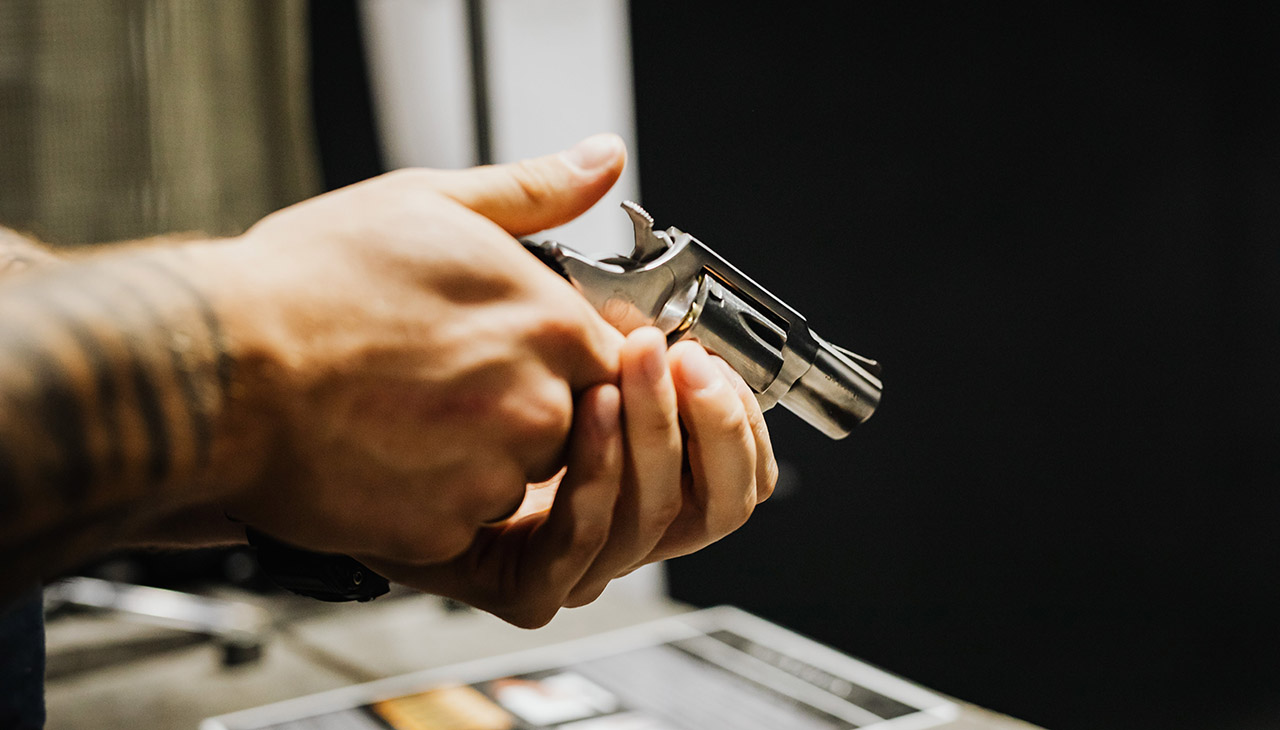Navigating the Firearms Transfer Process: A Step-by-Step Guide
Whether you’re purchasing a firearm for the first time or looking to sell one, navigating the transfer process can seem daunting. This guide is here to help simplify the process. It will take you through each step, explaining what you need to do and the legal requirements you need to meet. Remember, while this guide is intended to make the transfer process easier, it’s always important to consult with a legal expert or your local law enforcement agency to ensure you’re complying with the rules and regulations in your area.
Research and Understand Federal, State, and Local Laws
Before initiating a firearm transfer, it is crucial to understand the laws that govern these transactions. In the United States, federal laws regulate the interstate sale and transfer of firearms. However, when the transaction occurs within the same state, local and state laws apply. These laws can be significantly different from one jurisdiction to another. They may include mandatory waiting periods, background checks, licensing requirements, and more. It’s crucial to research these laws thoroughly or consult with a legal expert to ensure you comply. Websites like the Bureau of Alcohol, Tobacco, Firearms and Explosives (ATF) and your state’s Department of Justice or local law enforcement agency can provide valuable information on these regulations.
Choose a Licensed Firearm Dealer
Choosing a licensed firearm dealer is a critical step in the transfer process. These professionals possess the necessary legal credentials to handle firearm transactions, ensuring that everything proceeds according to federal, state, and local laws. It’s important to select a reputable dealer who has a clear track record of ethical practice. Recommendations from fellow firearm owners can be valuable in this regard. Also, confirm the dealer’s Federal Firearms License (FFL) status by checking it on the ATF’s online database. Remember, engaging with a licensed dealer not only ensures the legality of the transaction but also helps maintain the safety, responsibility, and ethics associated with firearm ownership and usage.
Complete the Required Forms
The next crucial step involves completing the requisite forms for the transfer of firearms. The most common form is the ATF Form 4473, also known as the Firearms Transaction Record. This form questions the buyer’s eligibility to purchase firearms under federal law. It will ask for personal information, including your full name, address, date of birth, and nationality. It will also include yes or no questions relating to your criminal history, mental health history, and drug use. Honesty is paramount in this section, as providing false information is a federal offense.
In addition to the ATF form 4473, you may need to fill out other forms as mandated by your state or locality. This might include safety certificate tests, proof of residency forms, or firearm registration forms. It’s crucial to consult with a legal expert or your local law enforcement agency to understand which forms are required in your specific circumstance. Remember, each form should be filled out accurately and honestly to ensure a legal and smooth transfer process.
Submit Form 4473 and Undergo Background Check
Once the ATF Form 4473 is thoroughly completed, it must be submitted to the licensed firearm dealer. The dealer, in turn, will submit it to the National Instant Criminal Background Check System (NICS). This federal system will conduct a background check on you, the prospective buyer, to ensure that you are legally allowed to own a firearm. The check will assess your criminal history, mental health records, and any other factors that might disqualify you from firearm ownership under federal law. This process typically takes a few minutes, but in some cases, it may take a few days. It’s crucial to note that a successful background check does not guarantee firearm possession – factors such as state-specific regulations or the dealer’s policies may also come into play. Always ensure you have followed all the necessary steps and met all legal requirements before taking possession of a firearm.
Complete the Transfer Process
Once all the paperwork is completed, and the background check has been approved, the dealer can finalize the firearm transfer. The dealer will typically record the make, model, and serial number of the firearm being transferred for their record keeping as required by the law. The buyer and seller will need to sign off on the transfer, confirming that all information provided is true and correct to the best of their knowledge. After the successful completion of the transfer, both parties should retain a copy of the transfer record for their files. At this stage, the buyer will typically pay for the firearm (if not done so already) and take possession of it. It’s important to remember that the transfer isn’t complete until all these steps are done and the firearm is physically handed over to the new owner.
Follow State Waiting Periods and Regulations
In many jurisdictions, state regulations require a mandatory waiting period between the time of the firearm purchase and when the buyer can physically take possession of the weapon. The length of this waiting period varies from state to state and can range from a few days to several weeks. The waiting period is intended to provide a “cooling off” time to help prevent impulsive acts of violence. During this period, additional background checks may also be conducted. It is essential to familiarize yourself with and respect these waiting periods to avoid potential legal complications. Remember, firearm ownership requires a deep commitment to safety and lawfulness. Always ensure that you comply with all local, state, and federal regulations to maintain the integrity of the process and the safety of all involved.

